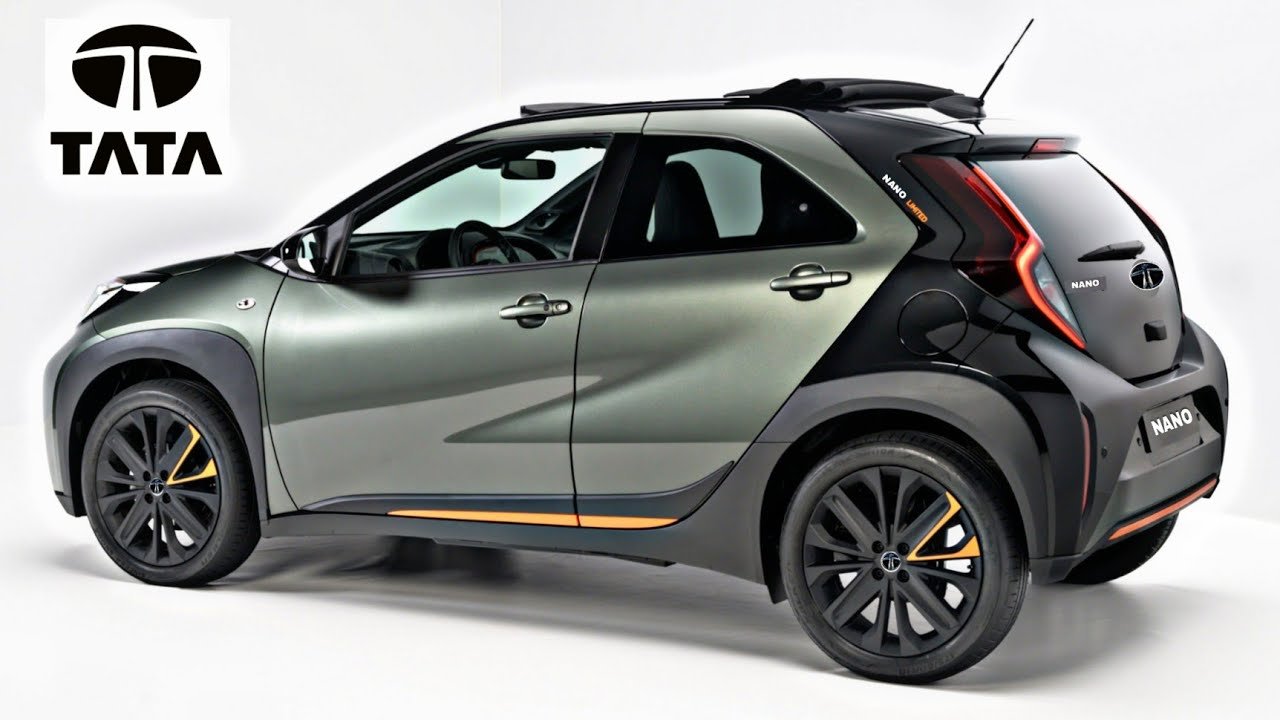When Tata Motors launched the Nano in 2009, it made headlines as the world’s cheapest car. Designed to be an affordable option for families upgrading from two-wheelers to four-wheelers, the Nano offered a simple, no-frills way to own a car. Though it had its challenges, the Nano remains an interesting part of automotive history. Let’s take a closer look at what made this tiny car so special.

Why Was the Tata Nano So Popular?
The Nano’s biggest selling point was its price. At launch, it cost just around ₹1 lakh (approximately $2,000 at the time), making it the most budget-friendly car in the world. For many middle-class families in India, it was their first chance to own a car instead of relying on bikes or scooters. Its compact size, easy maintenance, and decent fuel efficiency also made it a practical choice for city driving.
Design and Space
The Nano was a small car, but Tata Motors made clever use of space. It could comfortably seat four adults, though taller passengers might find the rear seats a bit cramped. The design was simple, with a rounded shape that made it look cute and friendly. Since it was so lightweight, the Nano was easy to maneuver in heavy traffic, and its small turning radius made parking a breeze.
Engine and Performance
The Nano came with a small 624cc, two-cylinder petrol engine. It wasn’t built for speed—the top speed was around 105 km/h (65 mph), and acceleration was slow compared to bigger cars. However, it was perfect for city commutes where high speed wasn’t necessary. The engine was rear-mounted, which helped save space but also meant the car lacked power on highways or steep roads.
Fuel Efficiency
One of the Nano’s biggest advantages was its excellent fuel economy. It gave around 20-25 km per liter (about 47-59 miles per gallon), making it one of the most fuel-efficient petrol cars of its time. For daily commuters looking to save money on fuel, the Nano was a great choice.
Features (Or Lack of Them)
To keep costs low, the Nano came with very basic features. Early models didn’t even have air conditioning, power steering, or airbags. Later versions added some of these features, but the Nano was always meant to be a simple, no-nonsense car. If you were looking for luxury or advanced tech, this wasn’t the car for you.
Why Did the Tata Nano Fail?
Despite its low price, the Nano struggled with sales. Many people saw it as a “cheap” car rather than an affordable one, which hurt its image. Safety concerns also arose after reports of some Nanos catching fire (though Tata Motors fixed these issues later). Additionally, as Indian buyers started preferring slightly bigger and more feature-packed cars, the Nano lost its appeal. Production officially ended in 2018.
Is the Tata Nano Still a Good Car Today?
If you find a used Nano in good condition, it can still be a practical choice for city driving. Its low running costs, easy maintenance, and compact size make it a decent option for short commutes. However, its lack of safety features and weak performance on highways mean it’s not ideal for everyone.
FAQs About the Tata Nano
How many people can the Tata Nano seat?
It seats four adults comfortably, but taller passengers may find the rear seats a bit tight.
What was the fuel efficiency of the Tata Nano?
It delivered around 20-25 km per liter (47-59 mpg), making it very fuel-efficient.
Is the Tata Nano still being produced?
No, Tata Motors stopped production in 2018 due to low demand.
Final Thoughts
The Tata Nano was an ambitious project that aimed to make car ownership possible for millions. While it didn’t succeed in the long run, it remains an important chapter in automotive history. For those who owned it, the Nano was a symbol of affordability and practicality. If you ever see one on the road today, it’s a reminder of a car that dared to be different!


